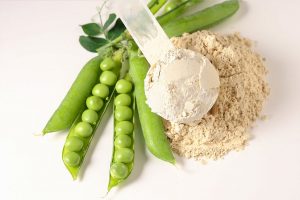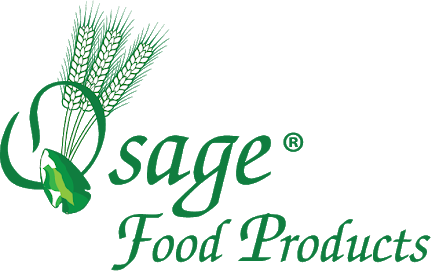It’s a never ending debate. What’s better: Animal proteins or plant proteins? It’s also a question that’s impossible to answer clearly. Oftentimes, it depends on who you ask!
There are many (MANY) strong opinions about the nutritional profile and environmental impact of animal versus plant proteins. Those can be debated ad nauseam. However, there are a few definitive things we know.
Animal proteins (meat, poultry, fish, eggs, dairy products, seafood) typically contain all nine essential amino acids in balanced proportions. Animal proteins are considered complete proteins. Plant proteins (legumes, nuts, seeds, grains, etc.) usually lack one or more essential amino acids.
Additional differences include:
- Animal Protein is generally higher in saturated fat and cholesterol compared to plant-based proteins. Animal proteins are also significant sources of certain vitamins and minerals, such as vitamin B12, iron, zinc and calcium.
- Plant Protein is lower in saturated fat and cholesterol, and higher in fiber, antioxidants, vitamins, and minerals such as magnesium and potassium. Plant proteins also contain phytonutrients with potential health benefits.
For food and beverage formulations targeting specific protein targets, dairy proteins are the gold standard. Whey protein is a complete protein, containing all nine essential amino acids. It’s easily digested and efficiently utilized by the body for protein synthesis and muscle repair.
Even better, whey protein is easy to add to a wide variety of food and beverage products, including protein bars, shakes, smoothies, baked goods, dairy products, sports drinks and nutritional supplements. Its neutral taste and excellent solubility make it easy to blend into various formulations without altering the flavor or texture significantly.
Whey protein also offers functional properties that improve the texture, mouthfeel and stability of food and beverage products. It can enhance viscosity, water-binding capacity, emulsification, foaming and gelation properties.
Whey protein’s main drawback comes from a growing population of vegan consumers. If you’re a vegan, you’re going to have concerns with consuming products with whey protein. There also are some potential allergen concerns with whey protein being a dairy-based milk allergen, which is one of the Food & Drug Administration’s top nine allergens that have to be declared and labeled on food products.
These factors, along with growing environmental and sustainability concerns, have led many consumers to seek alternative protein options, with plant-based proteins having a very high amount of interest and activity in new product development efforts.
The challenging aspect of formulating with plant proteins is there are many, and generally must be blended to achieve nutritional and functional goals.
Simply put, not all plant proteins are created equal, and it’s important for product developers to select a “quality” plant-based protein blend that delivers the nutritional benefits consumers desire while still being functionally usable in product formulations.
Where does a product developer get started? Contact our SolvPro® team for all your plant protein needs!




